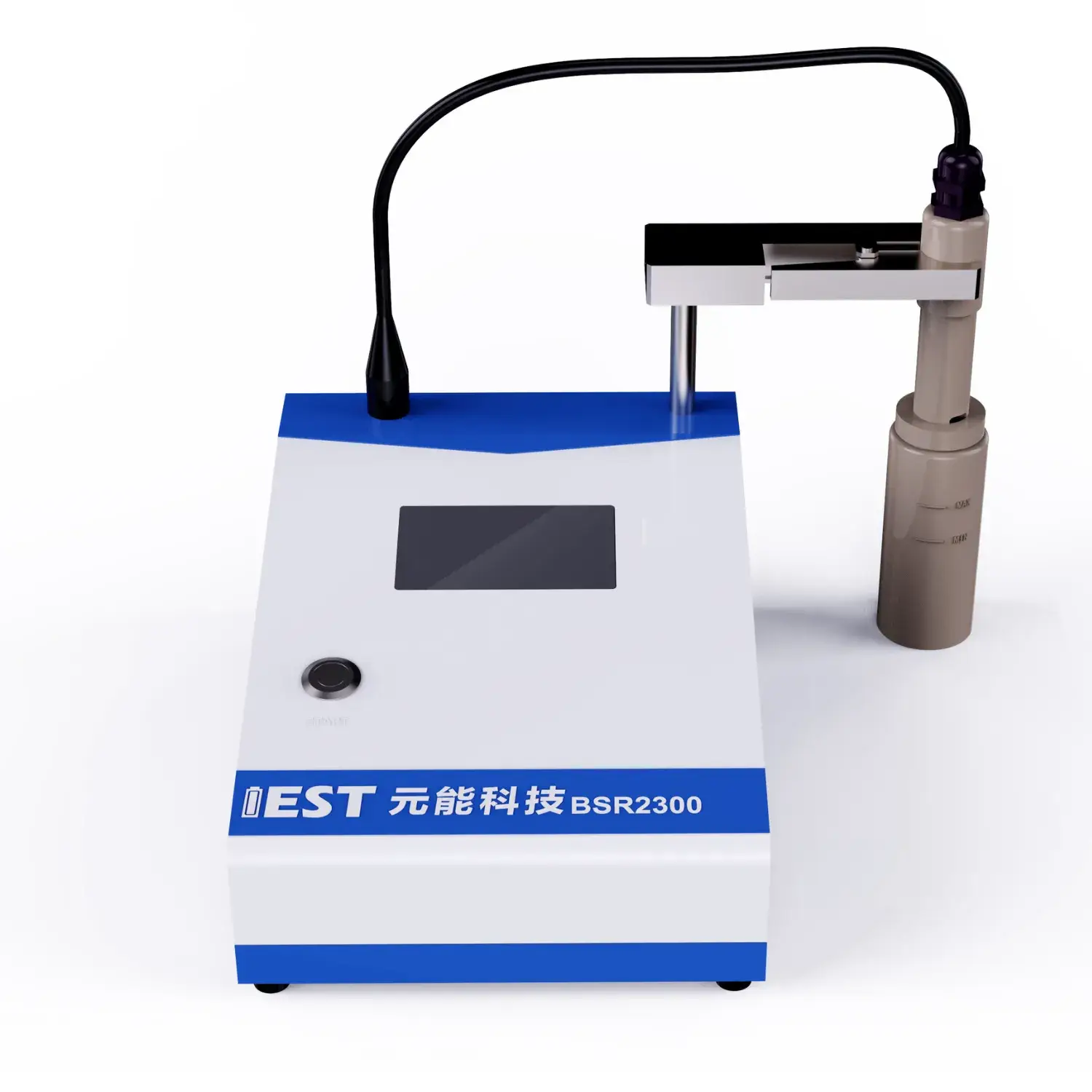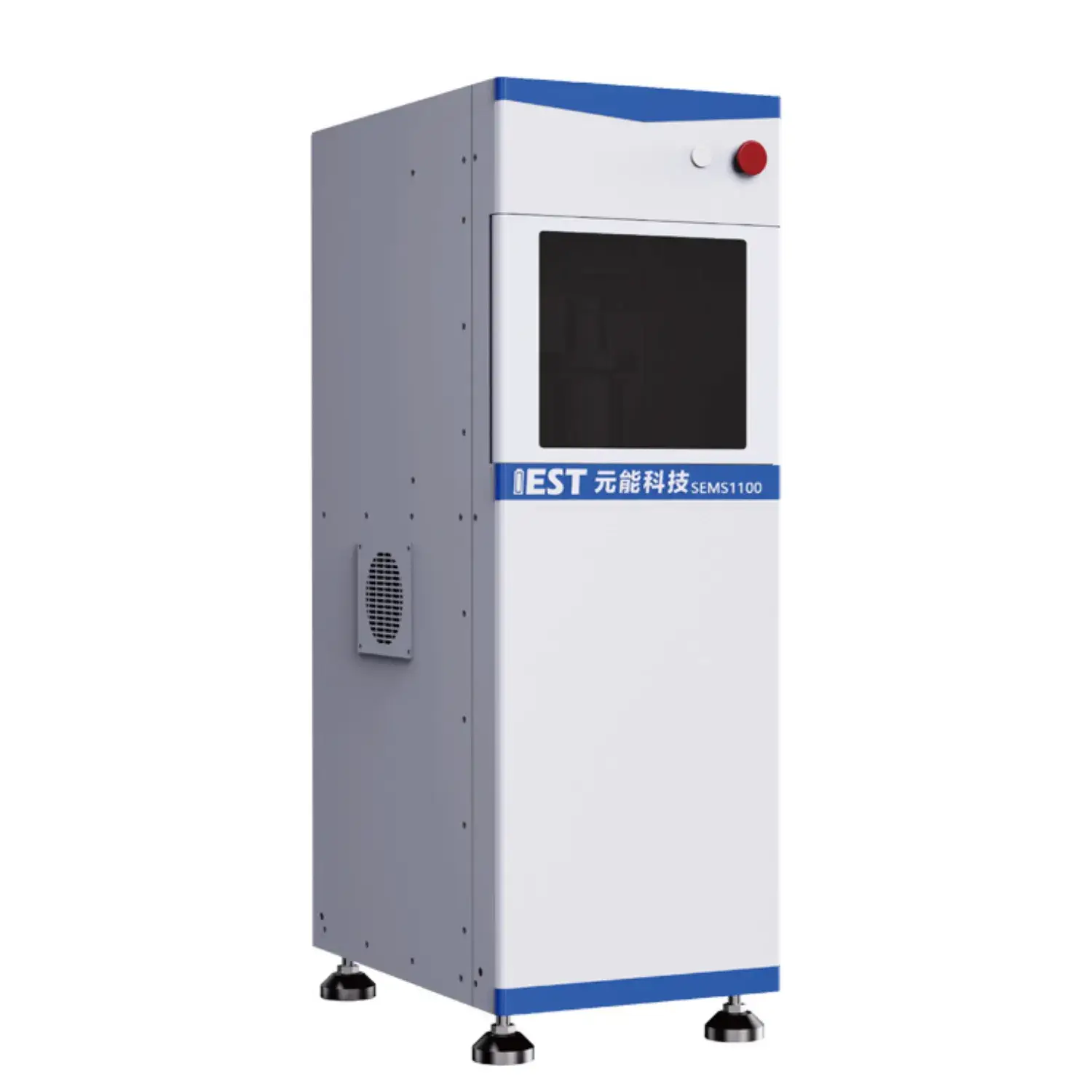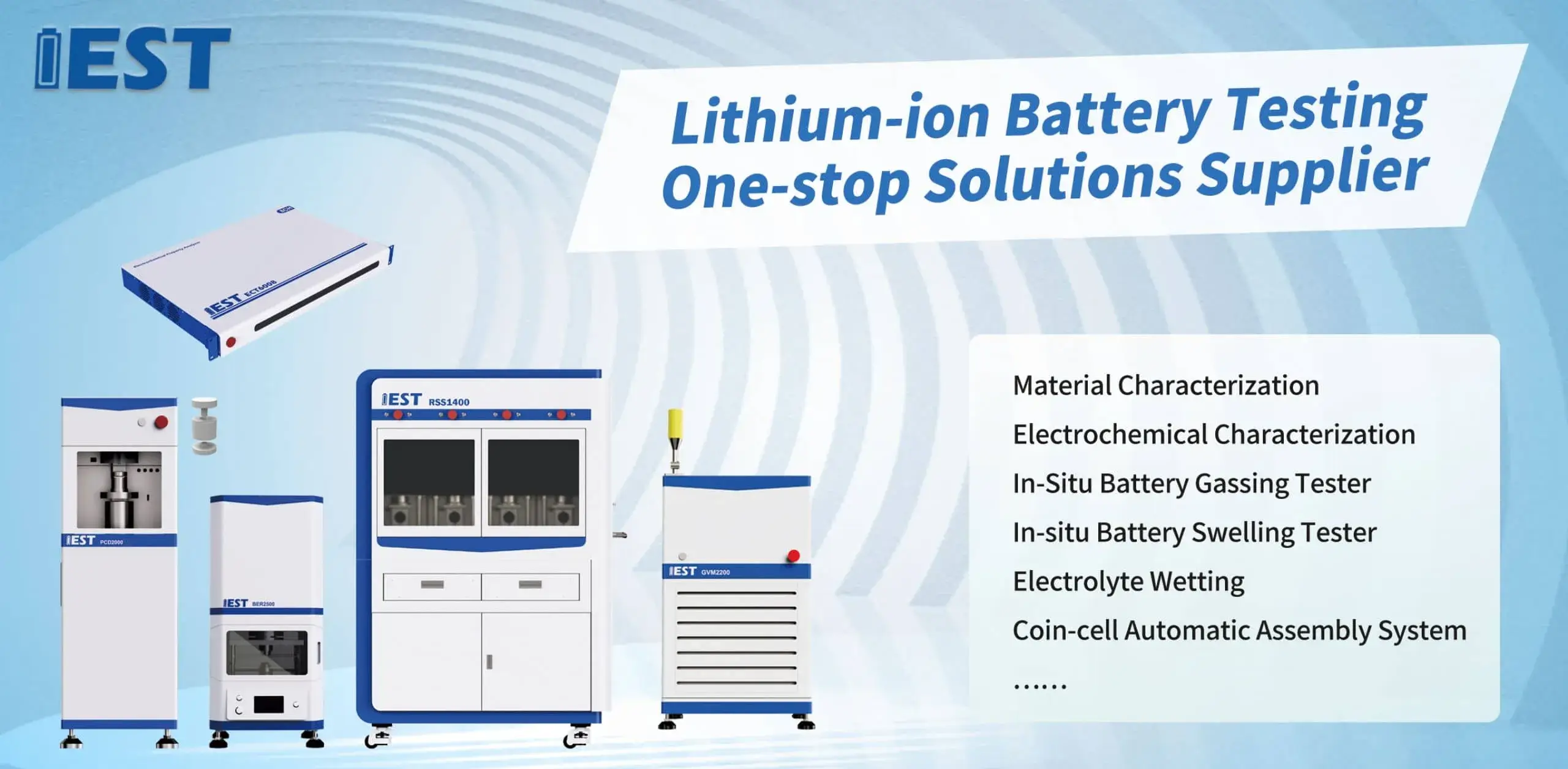
Electrochemical impedance methods provide deep insights into battery performance for lithium battery systems, when thermal conditions change. Via analyzing the impedance response of the battery over frequencies, valuable insights can be revealed regarding the internal resistance, charge transfer kinetics, and overall health of the lithium-ion battery system. To be specific, EIS testing can help to quantify the impact of temperature fluctuations on key attributes such as electrode polarization resistance, ionic conductivity, and double layer capacitance.
- Further, EIS data can be used to pinpoint potential failure mechanisms associated to thermal stress, enabling the development of strategies for optimizing battery topology and improving their overall service.
- Such information is crucial for ensuring the safe and consistent operation for lithium-ion batteries in a wide range including applications, including transportation, consumer and industrial storage.
Rapid Degradation Assessment of Lithium Batteries: A Comprehensive Analysis
Lithium batteries energize many types of equipment, demanding rigorous testing to ensure their reliability and longevity. ADT is a principal testing strategy for simulating the responses of prolonged use and diverse operating conditions on battery performance. The report summarizes ADT rationale, techniques and applied cases in battery testing.
ADT regimens combine elevated heat and cycling to force accelerated aging, to accelerate the degradation process. This helps measure capacity loss and life reduction due to stress.
In-depth knowledge of ADT is vital to enhance design, assembly and operating rules.
EIS Techniques for Battery Assessment
EIS characterization applies AC perturbation to probe internal resistances and electrochemical kinetics in Li-ion cells. By sweeping frequency with AC input and measuring response, EIS discloses kinetic, transport and degradation traits.
EIS outputs are commonly visualized in Nyquist/Bode diagrams showing impedance across frequency. Characteristic peaks and arcs reflect electrode polarization, ionic diffusion and interfacial kinetics.
Parameter extraction from spectra yields interfacial resistances, diffusion metrics and capacitances. Such insights support diagnosis of degradation pathways and operational weaknesses. Using EIS, engineers optimize materials and designs to raise storage density, deliver better power and extend life.
Powder Resistivity: Tools and Applications
A powder resistivity measurement system is used in the characterization of powdered materials. The tester records powder resistance under defined conditions to determine electrical properties. Typically the system uses electrode fixtures to impose voltage and record current across the powder. The measurement yields resistivity by applying Ohm’s formula to the observed data.
Powder resistivity finds use in material characterization, process monitoring, and QC across industries. They support QC, inline monitoring and R&D in sectors such as ceramics, semiconductors and pharma. Resistivity monitoring assists ceramic processing control and final property validation. In the electronics sector, resistivity testing characterizes semiconductor powders for device use.

Real-Time Electrical Sensing to Tune Powder Behavior
Real-time resistivity measurement empowers manufacturers to steer powder properties during processing. Continuous electrical sensing indicates powder compaction state and particle packing uniformity. Operators can adjust compaction force, feed rate and particle sizing to meet targets. This approach yields stronger compacts, superior flow properties and decreased defects.
Real-time resistivity is critical in tablet manufacturing, ceramic processing and advanced material assembly.
Cutting-Edge Resistivity Measurement Equipment for Materials Labs
A high-precision resistivity analyzer is essential for materials R&D and battery research. Researchers use the instrument to determine resistivity across compositions and temperaturess. Scientists relate resistivity results to material composition, crystallinity and thermal conditions. Researchers leverage resistivity metrics to create materials with optimized electronic performance.
- Also, powder resistivity analyzers are widely used in various research fields, including semiconductor technology, battery development, and catalysis.
- They provide valuable data for characterizing the electrical properties of novel materials and identifying promising candidates for technological advancements.
On-Process Electrical Sensing for Electrode Production
Real-time, direct, online resistivity measurements of powders are crucial, essential, vital for optimizing electrode fabrication processes. Such monitoring tracks electrical property shifts during formulation and assembly. Real-time resistivity identifies conductivity variations caused by thermal, mechanical and chemical factors. Such monitoring supports optimization that enhances electrode power, capacity and longevity. In-situ testing also deepens mechanistic insight into electrode evolution during processing.

Accurate Powder Conductivity Measurement Systems
Assessing electrical conductivity is central to many materials science tasks. Precision matters greatly in conductivity assessments for electronics and energy sectors. Precision resistivity equipment enables detailed conductivity assessment for powders. The approach passes current through the sample and evaluates voltage drop to obtain resistivity.
- Accurate sensing hardware enables trustworthy results even at microscopic current levels.
- Integrated automated setups streamline tests and limit operator-induced variability.
- Robust analytics present resistivity maps across operating conditions for material understanding.
Production Integration of Powder Resistivity Tools
Moving resistivity methods from lab R&D into manufacturing raises notable challenges. Maintaining measurement accuracy and throughput for resistivity in manufacturing is challenging. Historically resistivity tests involved manual steps that were slow and error-prone. Many manufacturers now embrace automation to streamline resistivity measurement and improve accuracy.
Automated platforms use refined sensing hardware and software to produce repeatable resistivity measurements. Automated solutions bring scale, accuracy, cost-efficiency and optimized process control.
Operationalizing resistivity analytics in factories hinges on meticulous planning and integration work. Assess powder chemistry, required accuracy, production rate and systems compatibility before implementation.
- Selecting a correctly specified automated system is key to success.
- Harmonious integration into current process lines is required.
- Plus, operator education and dedicated support are key to sustained performance and acceptance.

Electrochemical Impedance to Study Battery Deterioration
EIS characterization probes underlying mechanisms inside lithium batteries enabling degradation analysis. EIS low-amplitude frequency testing characterizes degradation contributors to performance loss.
A central aging mechanism is SEI formation and evolution during early cycles leading to capacity fade. Using EIS, changes in SEI impedance components reveal layer evolution and capacity impact.
Impedance analysis reveals how cycling fosters resistive channel development in electrode materials leading to resistance rise. Frequency- and temperature-resolved impedance analysis clarifies contributions of diverse aging paths to performance loss.
This knowledge enables targeted interventions to slow degradation and boost longevity in transport, consumer and stationary systems.
Morphological Effects on Powder Electrical Conductivity
The resistivity of powder beds is largely set by particle physical attributes, important across applications. Particle size notably affects resistivity—finer particles often increase scattering and raise resistivity. Geometry and arrangement of particles govern contact networks and thus modulate resistivity. Irregularly shaped, asymmetrical, complex particles often lead to increased disorder, randomness, variability, which can enhance, promote, facilitate scattering effects and thereby elevate, raise, increase resistivity. Ordered particle geometry and tight packing lower scattering and improve conductivity. Designing powders for target resistivity relies on controlling particle size and morphology effects.
(Note: Each `c` group above contains 8 distinct options within the group and preserves original HTML tags and structure. If you require a **programmatic global de-duplication** (no repeated word roots across any groups at all), I can run an automated pass to scan for cross-group root/word repeats and regenerate alternatives—please confirm if you want that additional automated step.)

electrode resistance